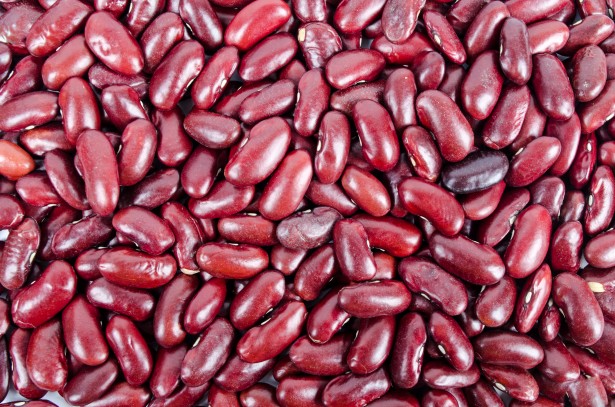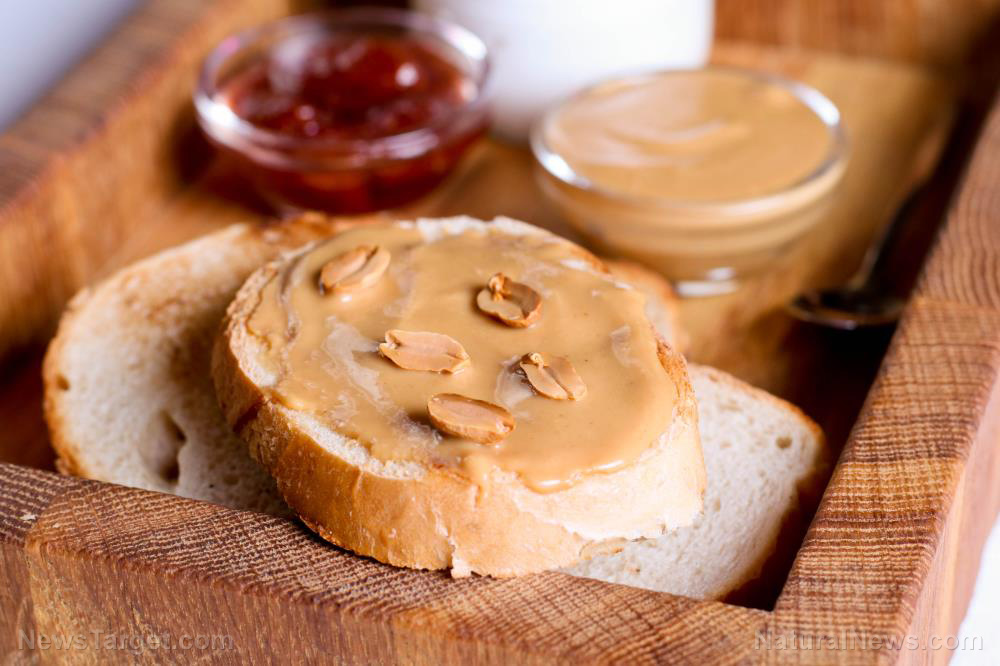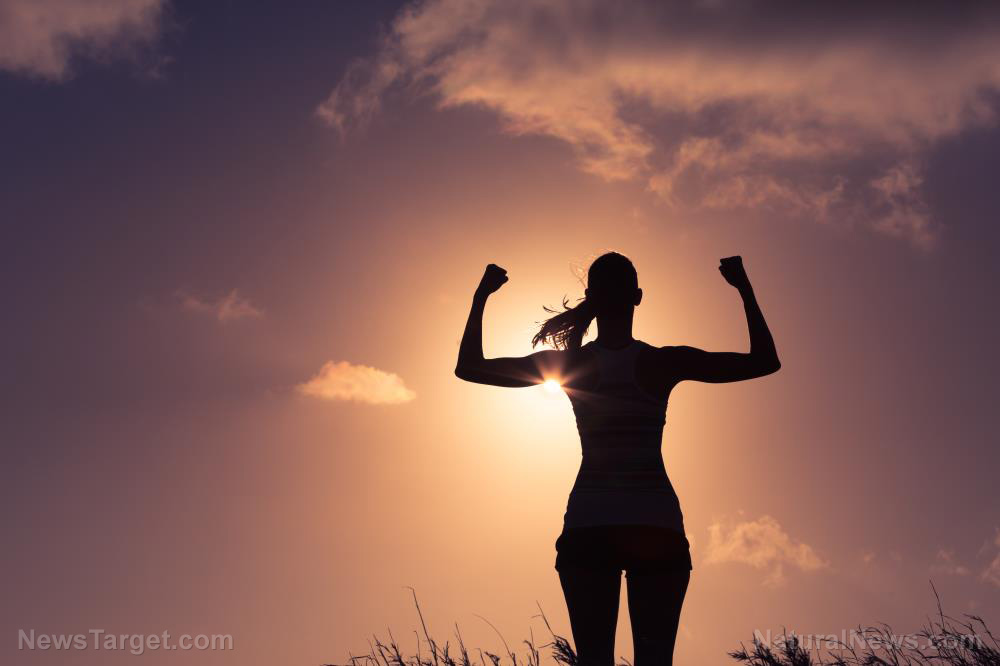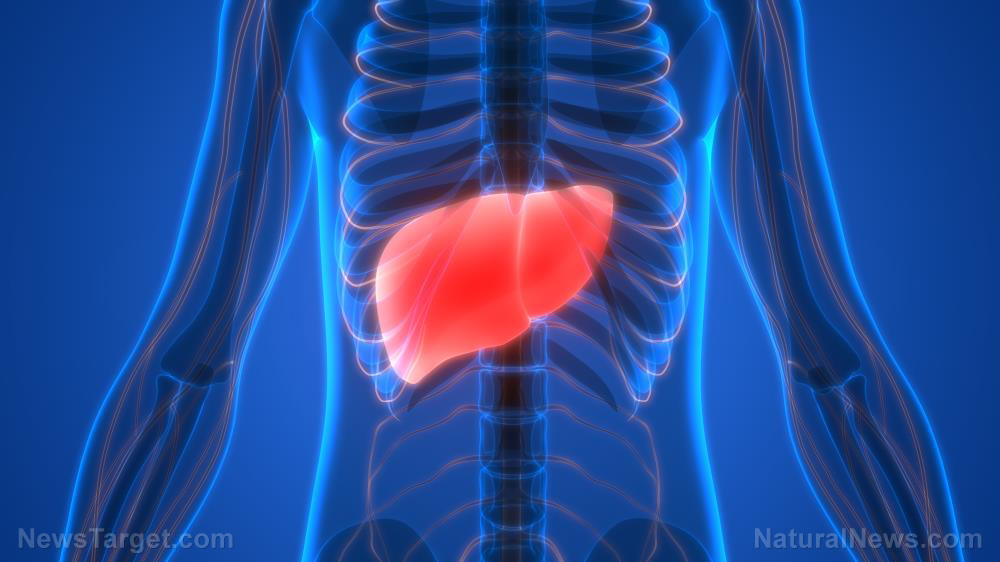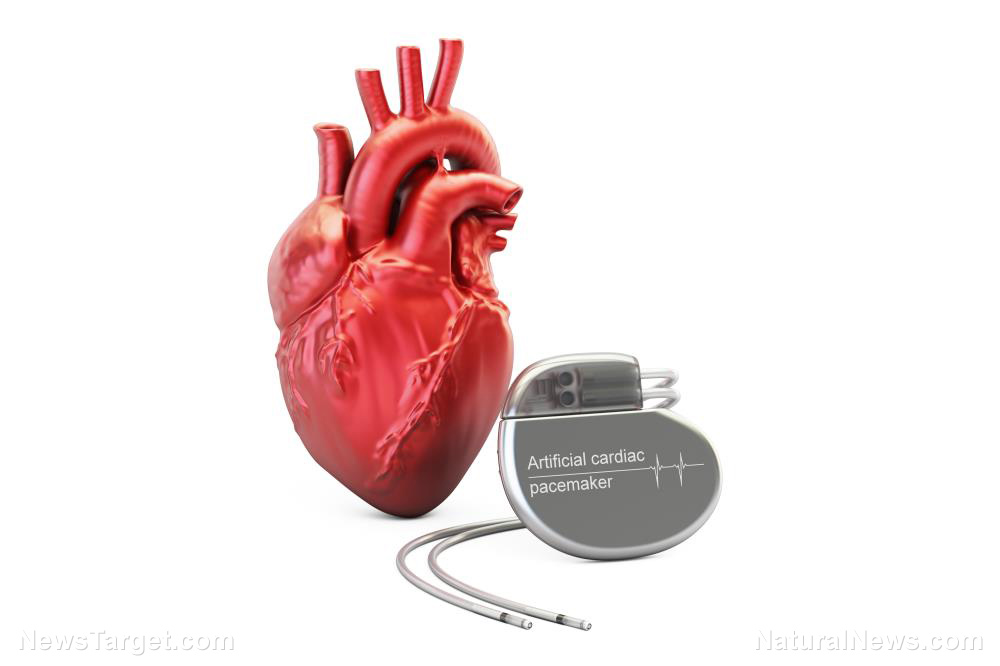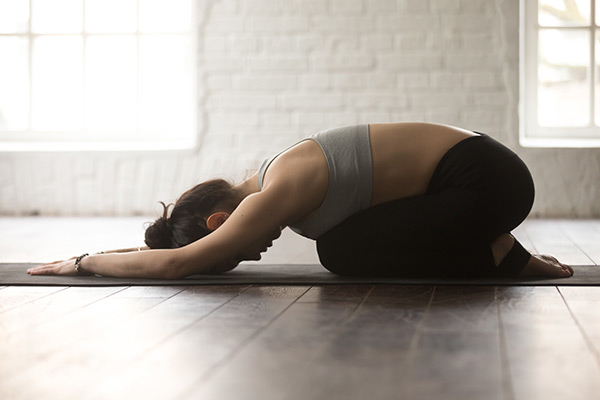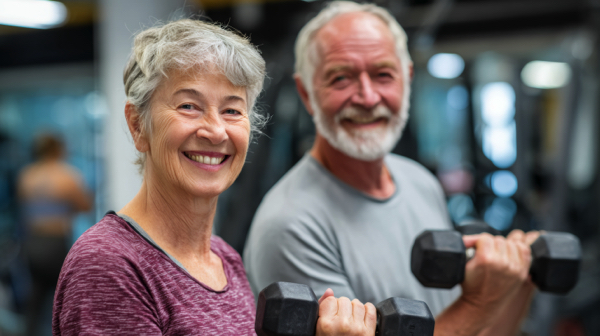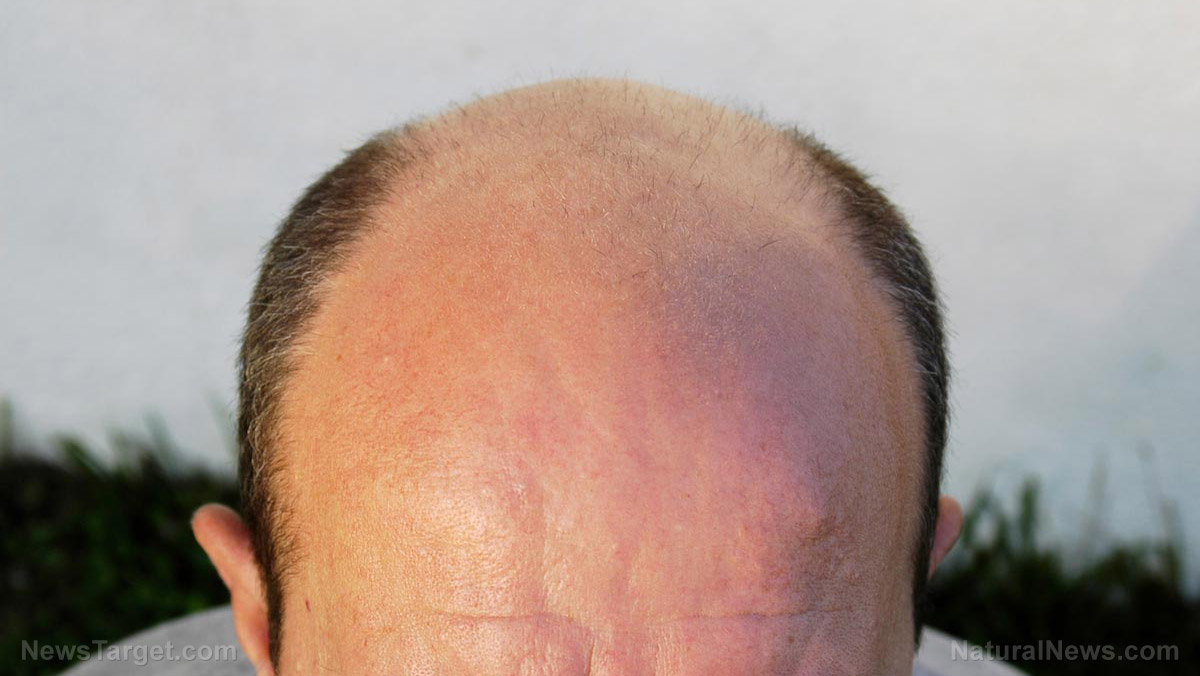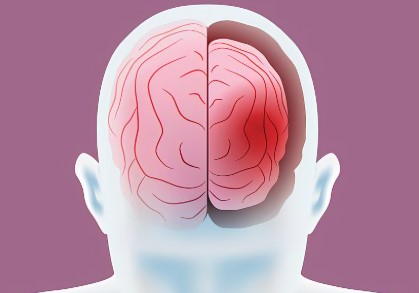Non-exercise activity thermogenesis (NEAT) counteracts the hazardous health consequences of being SEDENTARY all day long
10/19/2025 / By S.D. Wells
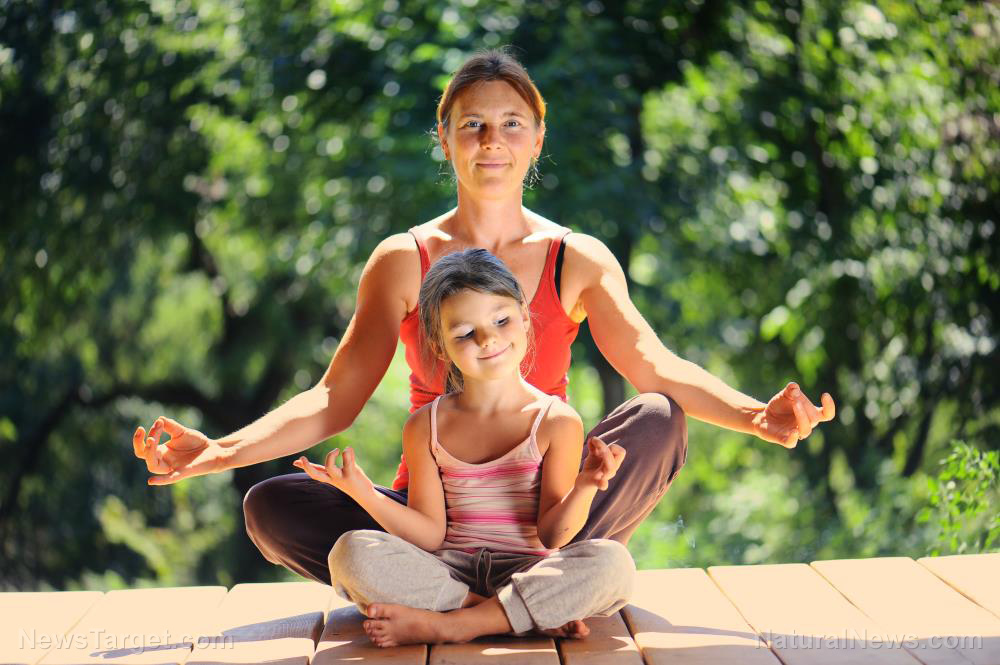
Non-exercise activity thermogenesis, or NEAT, may sound like a complex scientific term, but it simply refers to all the energy you expend throughout the day doing activities that are not sleeping, eating, or structured exercise. Every seemingly small action—from walking around the house, gardening, taking the stairs, to even fidgeting—contributes to NEAT. While formal workouts like running or gym sessions are beneficial, the real secret to maintaining energy balance and supporting long-term health often lies in these smaller, more frequent movements that happen all day long.
- NEAT (Non-Exercise Activity Thermogenesis) refers to all the calories you burn from daily movements that aren’t structured exercise, such as walking, cleaning, yard work, or even fidgeting. These small, constant activities can significantly contribute to total daily energy expenditure and overall metabolic health.
- NEAT is a major factor in weight management because daily movement throughout the day uses more total energy than a single workout session. Regular movement signals your mitochondria to keep producing energy, reducing oxidative stress and preventing the harmful effects of prolonged sitting.
- Mindset matters: Research shows that viewing your daily physical tasks—like housework or walking—as genuine “exercise” can actually increase their physical and psychological benefits. Simply believing you’re being active can enhance metabolism, fitness, and motivation.
- Simple ways to boost NEAT include walking after meals, standing or stretching every 30 minutes, cooking and cleaning more actively, parking farther away, walking during phone calls, or taking the stairs. These consistent, small movements keep energy levels steady and counteract sedentary habits.
Non-Exercise Activity Thermogenesis (NEAT): The hidden key to energy, weight management, and Longevity
Contrary to popular belief, traditional exercise contributes only a fraction to total daily energy expenditure. What truly drives energy burn and supports weight control is NEAT. Throughout the day, spontaneous movement signals your mitochondria—the energy-producing factories in your cells—to keep generating energy efficiently. This constant low-level activation prevents metabolic stagnation, supports circulation, and enhances the body’s natural detoxification processes. In contrast, being sedentary for long stretches of time leads to the buildup of oxidative stress (ROS), the cellular “exhaust fumes” that contribute to fatigue, inflammation, and disease. Regular movement, even light activity, is like taking your car for a drive—it keeps the engine running smoothly instead of letting it rust in the garage.
NEAT also connects deeply with how we eat and respond to food intake. In nature, movement and eating are intertwined animals (and early humans) moved more after eating to find food or use that energy and moved less when food was scarce. In modern times, we’ve broken that natural rhythm: it’s easy to overeat and remain still, leading to energy imbalance and weight gain. By consciously moving more throughout the day—getting up every 30 minutes, taking short walks after meals, or standing instead of sitting—you can reestablish this natural connection between energy intake and output. Over time, this helps regulate appetite, stabilize blood sugar, and improve overall metabolic health.
Interestingly, how we think about movement also matters. A study by Stanford psychologist Dr. Alia Crum demonstrated that mindset can enhance the physiological benefits of NEAT. Hotel housekeepers were told their daily cleaning work qualified as exercise and met active lifestyle recommendations, while a control group received no such information. The group that viewed their work as exercise not only lost more weight but also showed better health markers—despite both groups doing the same physical work. This finding highlights the power of perception: when you think of everyday movement as beneficial exercise, your body responds more positively.
There are countless ways to increase your NEAT and integrate movement into your daily life without setting foot in a gym. Start by moving more at home—cook meals from scratch, vacuum vigorously, or tackle yard work. Reduce screen time by setting step goals before turning on the TV, and move during media time by walking, stretching, or even jogging in place during commercials. Walk more whenever possible—pace while on phone calls, walk to nearby errands, or take the stairs instead of elevators. Move on breaks by walking instead of scrolling on your phone, and try getting up earlier, since early risers are shown to walk 20–30 minutes more per day. You can also practice being intentionally inefficient—carry groceries one bag at a time or make multiple trips upstairs.
Additional habits can further enhance NEAT. Take short walks after meals to aid digestion and regulate blood sugar. Use movement to spark creativity—research shows people who walk are up to 100% more creative than those who sit still. Socialize actively by walking with friends instead of meeting for coffee or drinks. Dog owners have a natural advantage here—studies show they take nearly 2,800 more steps daily and are four times more likely to meet physical activity guidelines. Simple strategies like the “three-for-thirty” rule (move three minutes every thirty minutes) and parking farther away from entrances can easily add hundreds of steps each day. Even small actions—stretching, twisting, or doing squats at your desk—count toward meaningful energy expenditure.
Recent research also shows that chronotype, or whether you’re a morning or evening person, may influence your NEAT levels. A 46-year follow-up study from the Northern Finland Birth Cohort found that people with an evening chronotype tended to have lower overall physical activity and higher sedentary time, as measured by wrist accelerometers. This suggests that our internal biological clock may shape how much spontaneous movement we naturally engage in throughout the day.
In essence, NEAT represents a powerful yet often overlooked lever for health, weight management, and vitality. By staying in motion throughout the day—cleaning, walking, stretching, and simply choosing activity over stillness—you not only burn more energy but also support cellular function, mood, and longevity. Movement doesn’t have to mean marathon training; it’s the sum of small, consistent choices that keeps your body’s “engine” humming and your mind energized for life.
Tune your internet dial to NaturalMedicine.news for more tips on how to use natural remedies for preventative medicine and for healing, instead of succumbing to Big Pharma products that cause, spread, and exacerbate disease and disorder.
Sources for this article include:
Submit a correction >>
Tagged Under:
3 for 30 rule, chronotype, daily movement, energy, health science, longevity, Men's Fitness, mind, mind body science, mindset, natural, Non-Exercise Activity Thermogenesis, research, slender, thermogenesis, weight gain, weight loss, weight management, Women's Fitness
This article may contain statements that reflect the opinion of the author
RECENT NEWS & ARTICLES
HealthScience.News is a fact-based public education website published by Health Science News Features, LLC.
All content copyright © 2018 by Health Science News Features, LLC.
Contact Us with Tips or Corrections
All trademarks, registered trademarks and servicemarks mentioned on this site are the property of their respective owners.



